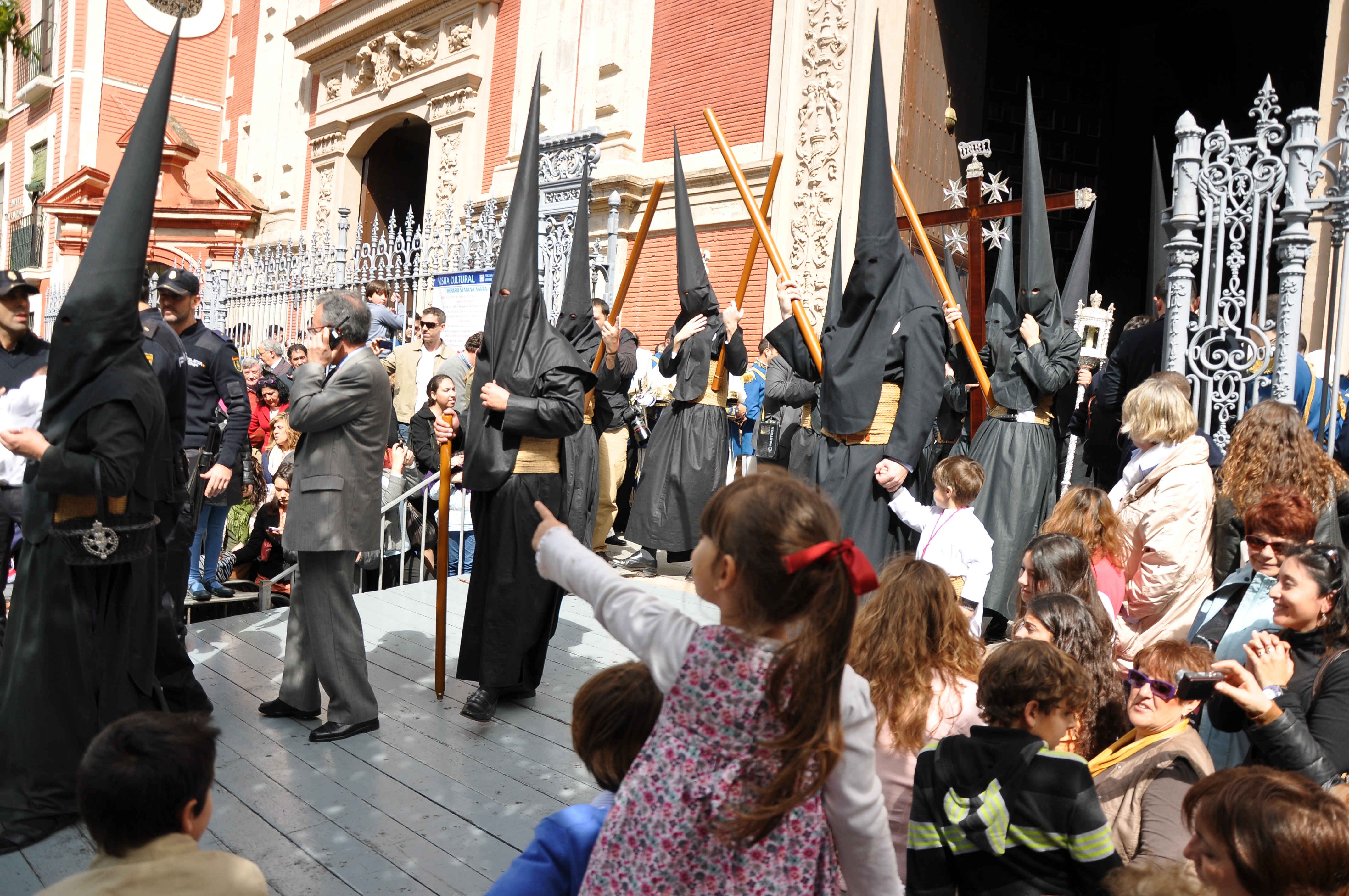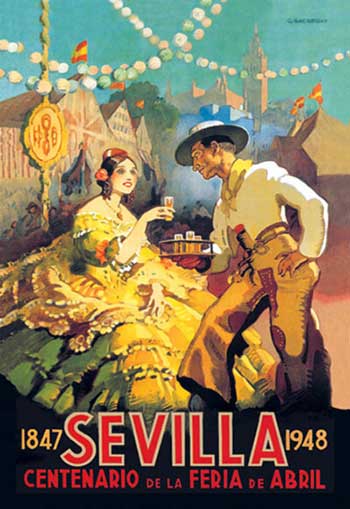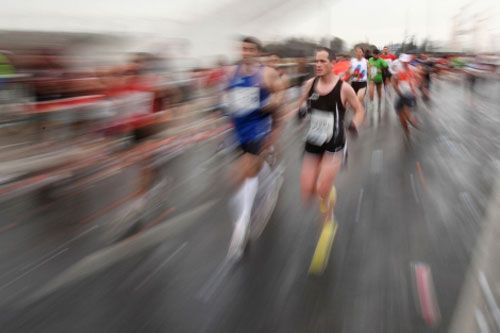Semana Santa (Holy Week/Easter) has been one of the most important celebrations in Spain since centuries, above all in Andalusia, and if we had to choose a nerve centre, that would be Seville. Hermandades and cofradías (religious brotherhoods) spend the whole year preparing anything regarding the Holy Week in great detail. They proceed in penitence through the (many narrow) streets of the city, from their church to the Cathedral and back, taking the shortest possible route, as decreed in the rule of the ordinances by Cardenal Niño de Guevara in the 17th century.

This year, Semana Santa will take place from the 28th March (Palm Sunday) until the 4th April (Easter Sunday). Most brotherhoods carry two floats: a float with a figure of Christ, representing the distinct stages of the Passion, Death and Resurrection of Jesus Christ and a float with a Dolorosa (Mary the Virgin in pain) under a canopy. We hope the weather will be calm, because if not, that would be the worst setback for Sevillian people.
An event that attracts millions of tourists
If you have planned to visit Seville during the Holy Week, you better hurry up. Seriously. Seville–like in many others Spanish cities at this time-, is jam-packed with tourists. The number of spectators may rise up to the impressing number of one million people. Take note, you’ve been warned…
The most important night
La Madrugá, the early morning of Good Friday is the most important moment during the Holy Week, which is when the brotherhoods of el Silencio, el Gran Poder, La Macarena, El Calvario, La Esperanza de Triana and los Gitanos set off for their processional penitence to the Cathedral.
Really, if I were you I would book right now on Apartments in Seville, where you will find the best flats with the best prices. You don’t want to miss out on this extraordinary spectacle.

 English
English

